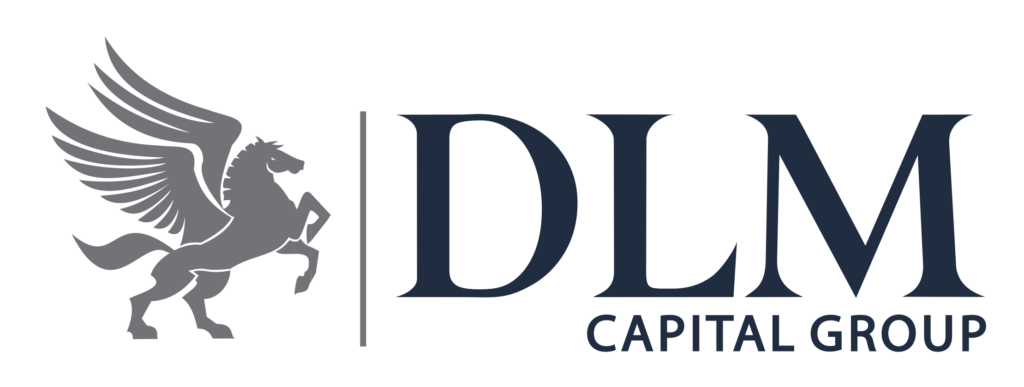Introduction to Debt vs Equity Financing
debt vs equity financing: understanding the basics of debt financing and equity financing is crucial.Choosing the right financing strategy is one of the most critical decisions for established businesses. Whether you’re expanding your operations, launching new products, or upgrading infrastructure,
Both methods have distinct benefits and drawbacks. Debt financing involves borrowing funds, while equity financing raises money by selling ownership stakes. Depending on your goals and financial situation, one option might be better suited to your needs—or you may even choose to combine both.
This guide will walk you through the details of debt vs. equity financing so you can make an informed decision for your business growth.
What is Debt Financing?
Debt financing allows businesses to raise money by borrowing from lenders or issuing bonds. It’s a straightforward approach where you repay the borrowed amount over time with interest.
Advantages of Debt Financing
- Ownership Retention: With debt financing, you maintain full control of your business.
- Predictable Repayments: Loan terms are fixed, making it easier to budget.
- Tax Benefits: Interest payments are often tax-deductible, which can reduce your taxable income.
Disadvantages of Debt Financing
- Risk of Insolvency: Missing repayments can lead to financial distress or bankruptcy.
- Fixed Obligations: Regular payments can strain cash flow during economic downturns.
Example: A manufacturing company using a loan to purchase machinery calculates its debt-to-equity ratio to ensure a manageable level of financial leverage.
What is Equity Financing?
Equity financing raises capital by selling shares of ownership in the business. Common sources include venture capital, angel investors, or even going public through stock offerings.
Advantages of Equity Financing
- No Repayment Obligations: Investors share the risk, and there’s no loan to repay.
- Access to Expertise: Many investors bring valuable industry connections and strategic guidance.
- Scalability: Equity funding is ideal for high-growth ventures.
Disadvantages of Equity Financing
- Ownership Dilution: Sharing equity means sharing control and profits.
- Longer Decision-Making: Involving investors can slow down operations.
Example: A tech startup raises capital through equity financing, partnering with venture capitalists who provide funds and strategic insights to support scaling.
Key Differences Between Debt vs Equity Financing
Ownership and Control
- Debt financing allows you to retain full control.
- Equity financing requires giving up partial ownership.
Financial Risk
- Debt financing includes repayment obligations.
- Equity financing minimizes financial risk but adds operational complexities.
Cost Implications
- Debt financing involves interest payments.
- Equity financing requires sharing future profits.
Tax Benefits
- Debt financing offers tax-deductible interest.
- Equity financing doesn’t provide direct tax advantages.
Strategic Fit
Businesses with steady cash flow may prefer debt financing, while those seeking aggressive growth often lean toward equity.
Case Studies: Debt vs Equity Financing in Action
When choosing between debt and equity financing, understanding real-world examples of how businesses have navigated this decision can provide invaluable insights. Below are two illustrative case studies highlighting businesses that opted for debt financing and equity financing, along with their outcomes.
Debt Financing: A Case Study of Expansion Through Loans
Company: A Mid-sized Retail Chain
Financing Option: Traditional Bank Loan
A well-established retail chain sought to expand into new markets. The company had a strong credit history and steady cash flow but wanted to retain full ownership. They secured a $5 million bank loan with a fixed interest rate of 6%, repayable over seven years.
Outcome: The infusion of capital enabled the company to open 10 new locations within two years. Despite the added debt, their predictable monthly repayments allowed for consistent financial planning. The expansion was profitable, boosting revenue by 30% and easily covering the loan repayments. The ability to retain ownership and decision-making autonomy proved critical to their continued growth.
Lessons Learned: Debt financing was ideal due to the company’s financial stability and desire to maintain control. However, the fixed repayment schedule posed risks had their revenue projections fallen short.
Equity Financing: A Case Study of Accelerating Innovation
Company: A Tech Startup in Growth Stage Financing Option: Venture Capital
An established software company with a proven product needed significant capital to accelerate research and development (R&D) for its next-generation technology. Instead of incurring debt, the company partnered with a venture capital firm, exchanging 20% equity for $10 million.
Outcome: The investment enabled the company to hire top talent and expedite product development. While the loss of full ownership was a trade-off, the venture capital firm’s expertise in the tech industry brought strategic guidance and access to valuable networks. Within three years, the company launched a groundbreaking product, capturing a substantial market share and increasing its valuation by 500%.
Lessons Learned: Equity financing was the right choice due to the company’s high-growth aspirations and the value-add of investor expertise. However, the founders had to navigate challenges of shared decision-making and diluted control.

Hybrid Financing Options: Combining the Best of Both Worlds
While debt and equity financing each have unique advantages and drawbacks, hybrid instruments like convertible debt blend elements of both, offering flexibility to businesses.
What is Convertible Debt?
Convertible debt starts as a loan with interest, similar to traditional debt financing. However, it includes a conversion feature that allows the lender to convert the debt into equity at a predetermined valuation or during specific events, such as a future funding round or IPO.
Benefits of Hybrid Financing
- Lower Initial Costs: Companies can postpone issuing equity while benefiting from immediate capital.
- Attractive to Investors: Convertible debt offers investors a lower-risk entry point with potential upside if converted to equity.
- Flexibility: Businesses retain more control initially compared to pure equity financing.
Drawbacks of Hybrid Financing
- Potential Dilution: If converted, the business may lose ownership shares.
- Complex Terms: Negotiating conversion rates and conditions can complicate the financing process.
- Uncertain Long-Term Cost: Depending on future valuation, the cost of conversion could exceed that of traditional equity.
Hybrid financing is particularly beneficial for businesses in transitional phases, such as startups nearing profitability or established companies exploring new markets. However, aligning the structure with strategic goals and seeking expert advice is essential to avoid unforeseen pitfalls.
How to Decide: Questions to Guide Your Choice
Ask yourself:
- What are my business goals?
- How much control am I willing to give up?
- Can my business handle consistent loan repayments?
- What expertise can investors bring to the table?
Your answers will guide you toward a financing option that aligns with your business needs.
Blended Approach: Combining Debt and Equity Financing
Many businesses use a hybrid model, combining debt and equity to balance risks and benefits. For instance, a company might take out a small loan for immediate needs while raising equity for long-term growth. This approach ensures you maintain some ownership while accessing sufficient capital.
Factors to Consider When Choosing Debt or Equity Financing
- Business Goals
Align your choice with your growth strategy. Debt financing is ideal for predictable growth, while equity supports expansion into new markets.
- Financial Health
Analyze your cash flow, debt-to-equity ratio, and creditworthiness to determine how much debt you can sustain.
- Risk Tolerance
If your business can handle fixed obligations, debt financing works. For uncertain revenue, equity financing reduces financial strain.
- Industry Standards
Different industries favor specific financing models. Research your sector’s common practices.
- Tax Implications
Debt financing offers deductions, while equity provides flexibility without financial burdens.
Example: A retail chain opts for debt financing to open new stores, relying on consistent cash flow to manage repayments.
FAQs: Debt vs Equity Financing
Q1: What is the main difference between debt and equity financing?
A1: Debt financing involves borrowing funds with an obligation to repay with interest, while equity financing involves raising funds by selling ownership stakes in the business.
Q2: How does equity financing affect control of my business?
A2: Equity financing reduces control as investors gain a share of ownership and may participate in decision-making.
Q3: What are the advantages of debt financing for established businesses?
A3: Debt financing allows you to retain ownership, offers tax benefits through deductible interest, and provides predictable repayment schedules.
Q4: Can I use both debt and equity financing?
A4: Yes, a blended approach can balance financial risk and maintain partial ownership while leveraging external capital.
Q5: How do tax benefits differ between debt and equity financing?
A5: Debt financing offers tax-deductible interest payments, while equity financing provides no direct tax benefits.
Conclusion to Debt vs Equity Financing
Choosing the right financing option—debt, equity, or a hybrid solution—can significantly impact the trajectory of your business. The real-world case studies demonstrate that debt financing is often ideal for businesses with steady cash flow and a desire to maintain control, while equity financing offers high-growth companies the resources and expertise to scale rapidly, albeit at the cost of shared ownership. Hybrid instruments like convertible debt provide a flexible middle ground, allowing businesses to access capital now while keeping future options open.
Ultimately, the decision should align with your company’s financial stability, growth objectives, and appetite for control. By carefully evaluating these factors and considering lessons from others’ experiences, you can select a financing strategy that positions your business for long-term success. If in doubt, consulting with financial advisors or experts can help tailor the best approach for your unique circumstances.




